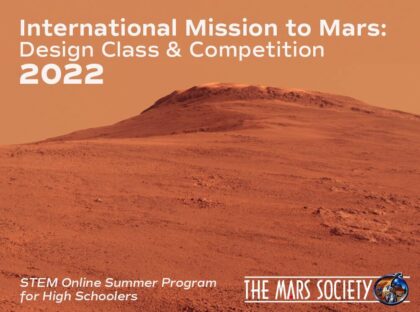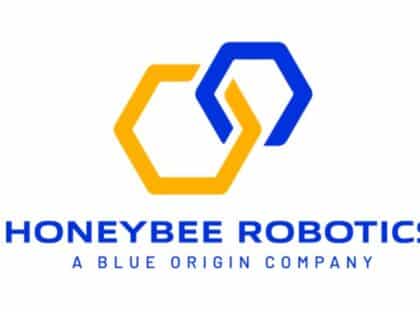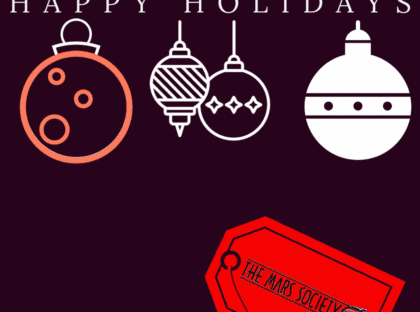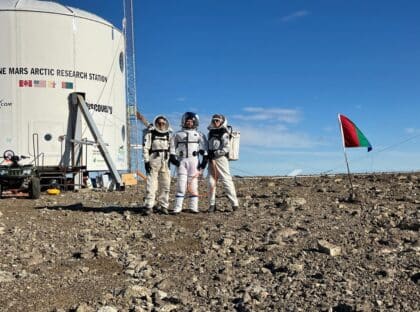
After two weeks of lectures and two weeks of intensive design work, the Mars Society’s International Mission to Mars Design Class & Competition for high school students is now moving towards its final stage, with the five teams of approximately seven students each – one from Asia, one from Europe and Africa and three from the Americas – now writing up their design reports in preparation for the concluding contest beginning next week.
The final shootout will occur in three phases. During the first phase, which will occur Monday, August 8th, each team will have 30 minutes to present their designs of a human Mars expedition to a panel of eminent judges. The students will be responsible for designing the entire mission, including its exploration plan, and selecting the size and skills of the crew, habitat design, vehicles, robots, rovers, helicopters, a science lab, and whatever else they choose to include within the capacity of a 30-ton payload lander sent to the site of their choice for a surface stay of up to 18 months.
During the second phase, which will occur on Tuesday, August 9th, each of the teams will have 30 minutes to make criticisms of the other teams’ designs. On the third day, Wednesday August 10th, the participating teams will have 30 minutes to defend their design by rebutting the criticism advanced by the other teams.

The judges, basing their decision on the teams’ written reports, their presentations, and their defense against criticisms, will then award points to each team, with 30 points for the science the mission accomplishes, 30 points for the soundness of its engineering, 30 points for how it deals with human operations challenges, and 10 points for cost.
May the best team win!
But win or lose, all the teams will have a chance to improve their designs based on any criticisms from other teams or feedback from the judges, and then have their final reports included in a book on human Mars mission design to be published by the Mars Society. Students will also receive a certificate for their involvement, which should serve them well them in their upcoming college applications.
The course has been conducted entirely online, and all the expert lectures given to the students as preparation for their design efforts may be viewed on our Youtube Channel. The final shootout itself will also be available to view at the same location.
Commenting on the contest, Mars Society President Dr. Robert Zubrin said “What we are doing here is not just providing a small group of students with a first-class summer educational experience, as well as helping to show NASA what a science-driven human Mars mission plan might look like. We are aiming to make educational history. The engineering design class has been a feature of the best university engineering programs for decades. It differs from conventional classes by not just asking students to master some material for a test, but to put their knowledge into action by working as a team to design some complex engineering system. By doing so, it reverses the conventional relationship of students to scientific knowledge. Instead of knowledge being a burden (“How much of this will we need to know for the test?”), it becomes a tool or even a magic sword if you will (“There must be a better way to do this. We need to find it!”). We are going to show how this same creative methodology can be brought into high schools, but we are going to do more. We are going to introduce debate. In real life, design engineering is a contact sport. No matter how good your ideas are, there will be rivals who will try to shoot you down. You need to be able to defend your ideas. We are going to give students a chance to really mix it up. It’s going to be a blast.”
Further information about the International Mission to Mars Design Class & Competition, including the list of lecturers and the details of the design challenge itself, can be found on our website.


